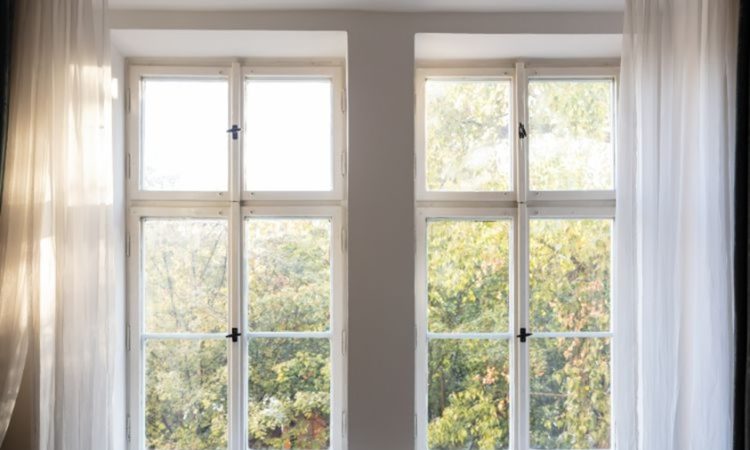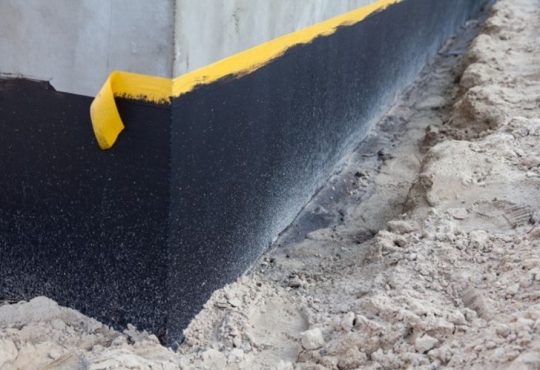
Upgrading old or damaged windows may seem like a costly project, but it doesn’t have to drain your bank account. Whether your windows are drafty, foggy, or simply outdated, there are smart, budget-friendly ways to make the switch. The good news is that you can improve your home’s comfort and energy savings without overspending.
This guide will explore practical tips to help you replace your home windows without going over budget. These ideas are perfect for homeowners who want to get the best value for their money while still making a solid investment in their property—especially those looking for affordable home windows Pawtucket RI residents can count on for quality and savings.
Why Replace Home Windows?
Old windows can lead to higher energy bills, uncomfortable drafts, and even damage to your home’s interior. Cracks, broken seals, or warped frames can let outside air seep in, forcing your heating and cooling systems to work harder.
When upgrading your home windows, it’s important to know there are smart strategies that keep costs low without sacrificing quality. With careful planning, you can enjoy new windows that fit your budget and make a big difference in how your home looks and feels.
1. Know When to Repair or Replace
Not all window issues require a full replacement. Sometimes a repair—like sealing small gaps or replacing weather stripping—can solve the problem for far less money. However, it may be time for a full replacement if your windows are rotting, permanently fogged, or hard to open and close.
If you’re unsure, get an expert opinion. An honest assessment from a professional can help you avoid spending money on unnecessary replacements or ineffective repairs.
2. Replace in Phases, Not All at Once
If replacing every window in your home sounds overwhelming, take it one step at a time. Focus first on the windows that cause the most energy loss or discomfort, such as large, front-facing windows or older windows in common living spaces.
Replacing home windows in phases allows you to spread the cost over time while still improving your home’s efficiency and appearance.
3. Choose Budget-Friendly Materials
The material you choose plays a big role in how much you spend. Vinyl windows are often the most affordable option. They’re also durable, low-maintenance, and energy-efficient. Aluminum frames offer strength and a sleek appearance but tend to cost a bit more. Wood frames, while beautiful, are usually the most expensive and require more upkeep.
Stick to basic styles and avoid extra customizations to keep costs down without sacrificing performance.
4. Stick to Standard Sizes
Custom-sized windows can quickly raise the cost of your project. To save money, choose standard-size windows that fit existing openings. This reduces labor time, material waste, and the need for structural adjustments.
Before you buy, measure your current window openings carefully and check with your installer to find the best fit using stock sizes.
5. Go with Double-Pane Glass
Triple-pane windows offer top-notch insulation but also come at a higher price. Double-pane windows, on the other hand, offer solid energy savings and comfort at a more affordable cost.
For many homeowners, double-pane windows provide the best balance between performance and price.
6. Shop Sales and Buy in Bulk
Many window suppliers and contractors offer discounts during off-seasons like fall or winter. You might also get a better deal by ordering multiple windows at once. Ask about package pricing if you plan to replace several windows.
Keep an eye out for manufacturer rebates or local promotions that can reduce your upfront cost.
7. Get Multiple Quotes
One of the simplest ways to save money is by comparing a few different installers. Get at least two or three quotes and ask about labor costs, materials, warranties, and project timelines.
Be sure to read reviews and check credentials. A trustworthy installer may charge slightly more, but the quality of work can save you money in the long run by avoiding mistakes or future repairs.
8. Consider DIY—If You’re Handy
For very basic window replacements—like in a shed or garage—DIY may be an option. But for most homeowners, window installation is best left to the pros. Incorrect measurements, poor sealing, or bad installation can lead to drafts, leaks, or even damage to your walls.
Before trying to replace home windows yourself, weigh the risks and consider the long-term value of a professionally done job.
9. Look for Rebates and Financing
Many local energy programs offer rebates for upgrading to energy-efficient windows. These savings may come from your city, utility company, or state government. Look into Energy Star-certified windows to see if you qualify.
Some companies also offer low-interest financing or flexible payment plans. These options can help make a full replacement more manageable.
10. Affordable Doesn’t Mean Cheap
It’s easy to get caught up in chasing the lowest price, but that can lead to poor-quality windows or bad installation. Choose well-reviewed products with solid warranties and installers who know what they’re doing.
Affordable window replacement is about finding the right balance between cost and quality. A smart investment can now pay off in lower energy bills, more comfort, and fewer repairs.
Conclusion
Replacing your home windows doesn’t have to cost a fortune. With the right approach, you can enjoy better insulation, lower energy bills, and a more attractive home—without blowing your budget.
By focusing on what matters most and exploring your options, you’ll find that affordable window replacement is well within reach.
If you’re ready to explore affordable, high-quality options for your next window project, the team at Pawtucket Home Windows is here to help. We specialize in delivering lasting value without high costs. Contact us today for a free quote and expert guidance you can trust.








